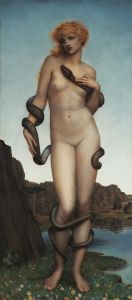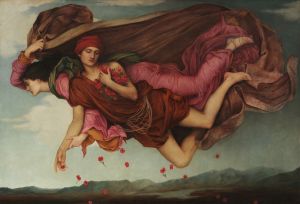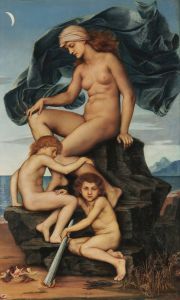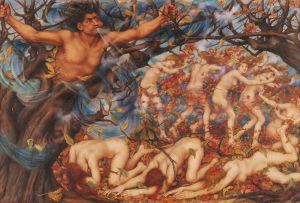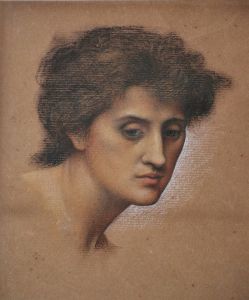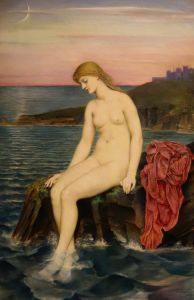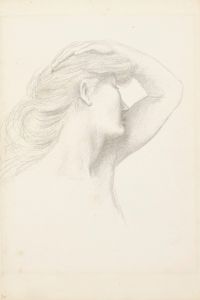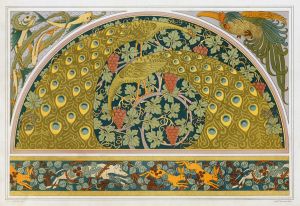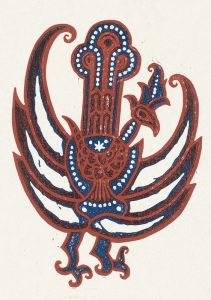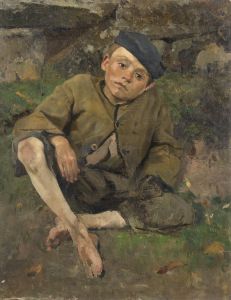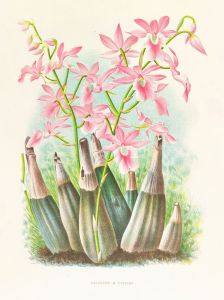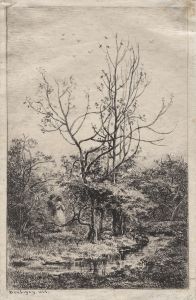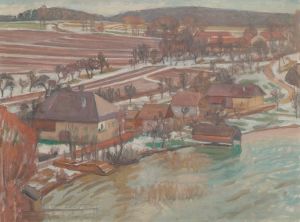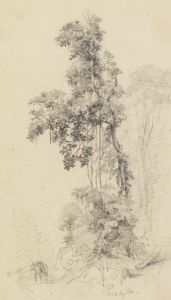
Flora
A hand-painted replica of Evelyn De Morgan’s masterpiece Flora, meticulously crafted by professional artists to capture the true essence of the original. Each piece is created with museum-quality canvas and rare mineral pigments, carefully painted by experienced artists with delicate brushstrokes and rich, layered colors to perfectly recreate the texture of the original artwork. Unlike machine-printed reproductions, this hand-painted version brings the painting to life, infused with the artist’s emotions and skill in every stroke. Whether for personal collection or home decoration, it instantly elevates the artistic atmosphere of any space.
Evelyn De Morgan was a prominent English painter associated with the Pre-Raphaelite movement, known for her allegorical and mythological themes. One of her notable works is "Flora," which exemplifies her distinctive style and thematic interests. Painted in 1894, "Flora" is an oil on canvas that reflects De Morgan's fascination with classical mythology and her commitment to conveying deeper symbolic meanings through her art.
"Flora" depicts the Roman goddess of flowers and spring, a subject that aligns with De Morgan's interest in themes of renewal and beauty. In this painting, Flora is portrayed as a serene and ethereal figure, embodying the essence of springtime and the rejuvenation of nature. The composition is characterized by its rich color palette and intricate detailing, hallmarks of De Morgan's artistic technique. The use of vibrant colors and delicate brushwork brings a sense of life and movement to the painting, capturing the viewer's attention and inviting them into the mythological world she creates.
Evelyn De Morgan's work often reflects her interest in spiritualism and symbolism, and "Flora" is no exception. The painting can be interpreted as an exploration of the cycles of life and nature, with Flora serving as a symbol of growth and fertility. This aligns with the broader themes present in De Morgan's oeuvre, where she frequently used mythological figures to convey messages about the human condition and the natural world.
De Morgan was influenced by the Pre-Raphaelite Brotherhood, a group of artists who sought to return to the detail, intense colors, and complex compositions of Quattrocento Italian art. Although she was not an official member, her work shares many of the movement's characteristics, including an emphasis on realism and a focus on literary and mythological subjects. "Flora" is a testament to her ability to blend these influences with her unique vision, resulting in a work that is both visually striking and rich in meaning.
The painting is also notable for its reflection of De Morgan's feminist beliefs. During a time when women artists were often marginalized, De Morgan pursued a successful career and used her art to challenge traditional gender roles. In "Flora," the goddess is depicted with strength and autonomy, qualities that resonate with De Morgan's advocacy for women's rights and empowerment.
Evelyn De Morgan's "Flora" remains a significant work within her artistic legacy. It is housed in the De Morgan Collection, which is dedicated to preserving and promoting the works of Evelyn and her husband, the ceramicist William De Morgan. The collection provides insight into the artistic and personal partnership between the two, highlighting their contributions to the arts and their shared commitment to social and spiritual themes.
In summary, "Flora" by Evelyn De Morgan is a masterful representation of the artist's skill and thematic interests. Through its depiction of the goddess of spring, the painting encapsulates De Morgan's fascination with mythology, her dedication to symbolism, and her pioneering role as a woman artist in the late 19th and early 20th centuries.





